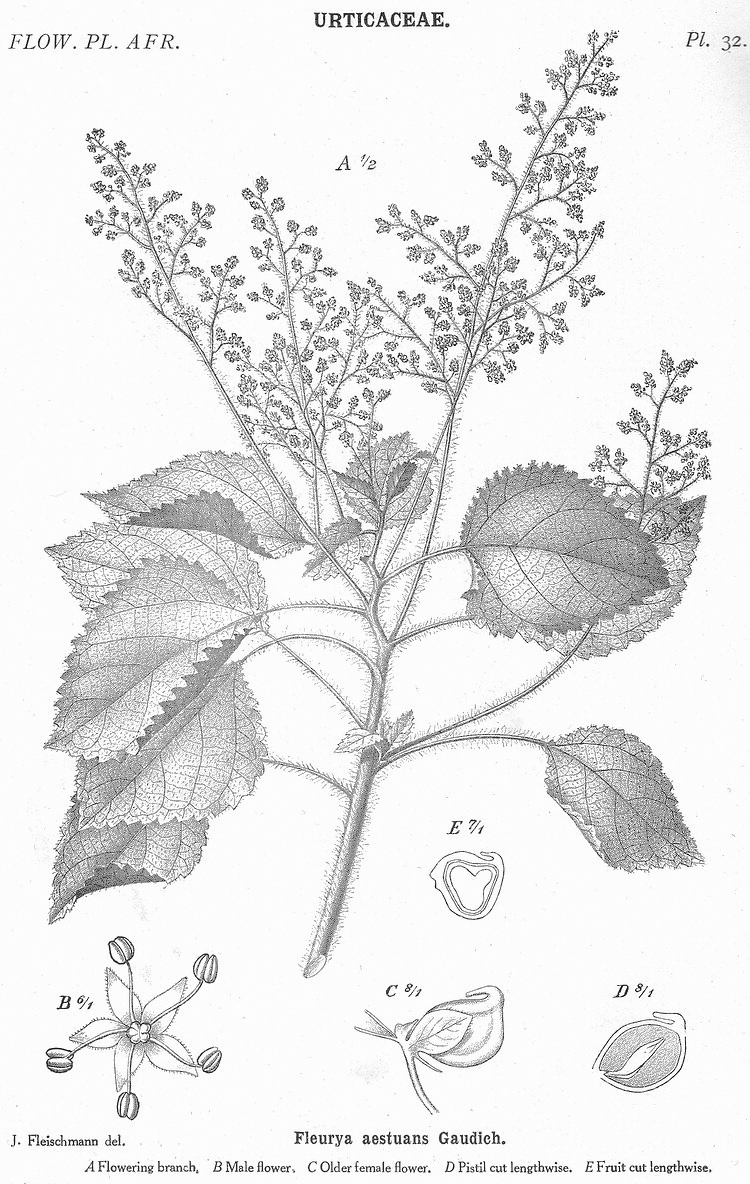Scientific name Urticaceae Rank Family | Higher classification Rosales | |
 | ||
Lower classifications | ||
Pellionia pulchra peli nia plant species urticaceae
The Urticaceae /ɜːrtᵻˈkeɪsiː/ are a family, the nettle family, of flowering plants. The family name comes from the genus Urtica. The Urticaceae include a number of well-known and useful plants, including the nettles, ramie (Boehmeria nivea), māmaki (Pipturus albidus), and ajlai (Debregeasia saeneb).
Contents
- Pellionia pulchra peli nia plant species urticaceae
- Pilea cadierei urticaceae aluminium plant planta alum nio
- Description
- Taxonomy
- Phylogeny
- Diseases
- References
The family includes about 2625 species, grouped into 53 genera according to the database of the Royal Botanic Gardens, Kew and Christenhusz and Byng (2016). The largest genera are Pilea (500 to 715 species), Elatostema (300 species), Urtica (80 species), and Cecropia (75 species).
Urticaceae species can be found worldwide, apart from the polar regions.
Pilea cadierei urticaceae aluminium plant planta alum nio
Description
Urticaceae species can be shrubs (e.g. Pilea), lianas, herbs (e.g. Urtica, Parietaria), or, rarely, trees (Dendrocnide, Cecropia). Their leaves are usually entire and bear stipules. Urticating (stinging) hairs are often present. They have usually unisexual flowers and can be both monoecious or dioecious. They are wind-pollinated. Most disperse their pollen when the stamens are mature and their filaments straighten explosively, a peculiar and conspicuously specialised mechanism.
Taxonomy
The APG II system puts the Urticaceae in the order Rosales, while older systems consider them part of the Urticales, along with Ulmaceae, Moraceae, and Cannabaceae. APG still considers "old" Urticales a monophyletic group, but does not recognise it as an order on its own.
Phylogeny
Modern molecular phylogenetics suggest the following relationships:
Diseases
The Urticaceae are subject to many bacterial, viral, fungal, and nematode parasitic diseases. Among them are:
